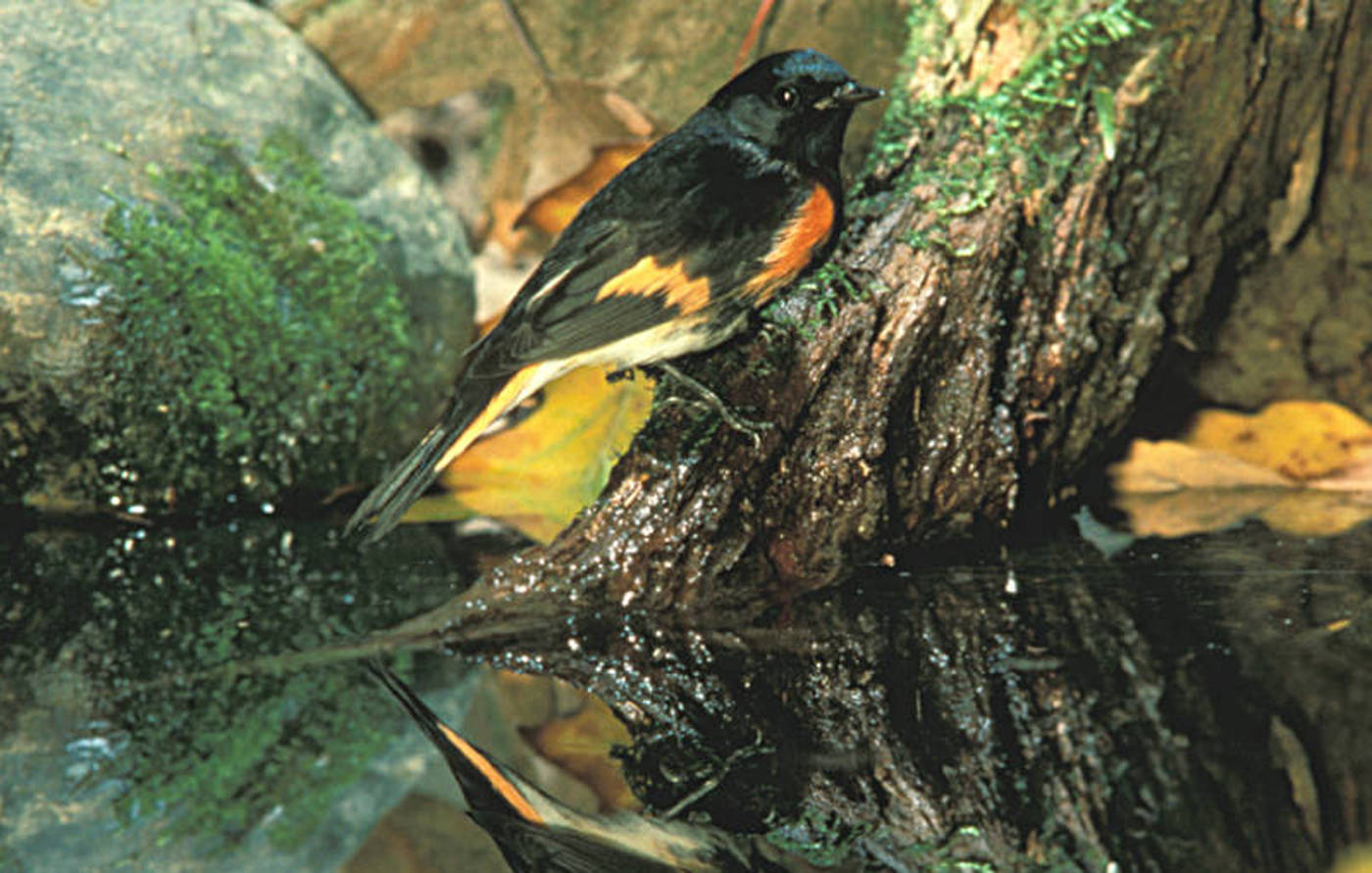I am jealous of birds. They fly. In my imagination, the mobility of flight would open up so many possibilities.
The first bird found in the fossil record is Archaeopteryx that lived 150 million years ago. From this common ancestor, came the great diversity of birds and flight strategies that we see today. Hummingbirds hover over flowers on wings designed to flap in a rapid figure eight. Albatross keep their heavy bodies in the air effortlessly without flapping their long wings.
Flight gives birds the ability to use seasonal resources that become available thousands of miles away. Swainson’s Thrush born on the Kenai Peninsula migrate across the continent to winter in Central and South America only to fly back to Alaska to lay eggs. Evolutionary biologists theorize that these long distance migrations began as shorter movements. Individual birds that took advantage of seasonal resources that might be far away were more likely to survive and thrive. Over many generations, the movements of their offspring gradually become longer. Cycles of glaciation over the past 2.5 million years would have also facilitated longer and longer migrations as birds moved across North America following retreating ice sheets and then contracting their movements to accommodate surging ice.
Mobility helped bird species survive and take advantage of environmental and climatic changes in the past. The fossil record provides evidence that the ranges of many plant and animal species have shifted idiosyncratically during past climatic change. We expect that birds will continue to utilize their mobility as the climate changes in the future. Bird species are already shifting northward in response to contemporary climate change. However, birds seem to be responding slower than the rapid pace with which our climate is warming. Conservation biologists are also concerned that specific habitats, especially for birds that are specialists, may not move to align with the climate constraints.
The National Audubon Society is using climate envelope modelling to shed light on the conditions that birds may face in the future. Climate envelope models describe the conditions or “climate niche” in which a bird species occurs. In a 2015 paper, Audubon scientists modeled the current and forecasted future distributions of 588 North American bird species during the breeding and non-breeding season.
I worked with two of those authors, Chad Wilsey and Joanna Wu, to use these models to make educated guesses about which birds might colonize or be extirpated from the Kenai Peninsula over the next 100 years as the climate warms. The Kenai Peninsula is the southern extent of the boreal forest and the northwestern extent of the Pacific maritime rainforest. The boreal forest on the western peninsula is experiencing more dramatic climate change and, so, is forecasted to have more bird species “turnover” here than on the eastern side of the Kenai Mountains. The models suggest that suitable climate ceases to occur on the Kenai Peninsula for 45 species in the summer and 13 species in the winter by the end of this century. This list includes some bird species which are very common today on the Kenai Peninsula such as the Orange-crowned Warbler and Golden-crowned Sparrow. So far, we have no evidence that any bird species have disappeared from the Kenai Peninsula.
On the other hand, the climate is projected to become more suitable for 65 breeding bird species and 56 wintering bird species not found on the Kenai Peninsula today. For example, the models suggest that Dark-eyed Juncos and American Robins will experience a more suitable climate for overwintering by the end of this century. We have solid evidence that both species occur almost year-round now when they used to only summer here 50 years ago.
Some bird species projected to have more suitable climatic conditions on the Kenai, such as the Spotted Towhee, would need to expand their breeding range up the Pacific coast. Suitable climates for other bird species that breed further east, such as the American Redstart, Northern Cardinal, and Blackburnian Warbler, are shifting westward across the boreal region of Canada.
We don’t know the future. Refuge staff are just beginning to wrap our heads around how ecological communities may change in the future. We continue to adjust as new observations are collected.
Dr. Dawn Magness is the landscape ecologist at Kenai National Wildlife Refuge. Find more information about the Refuge athttp://www.fws.gov/refuge/kenai/ or http://www.facebook.com/kenainationalwildliferefuge.

